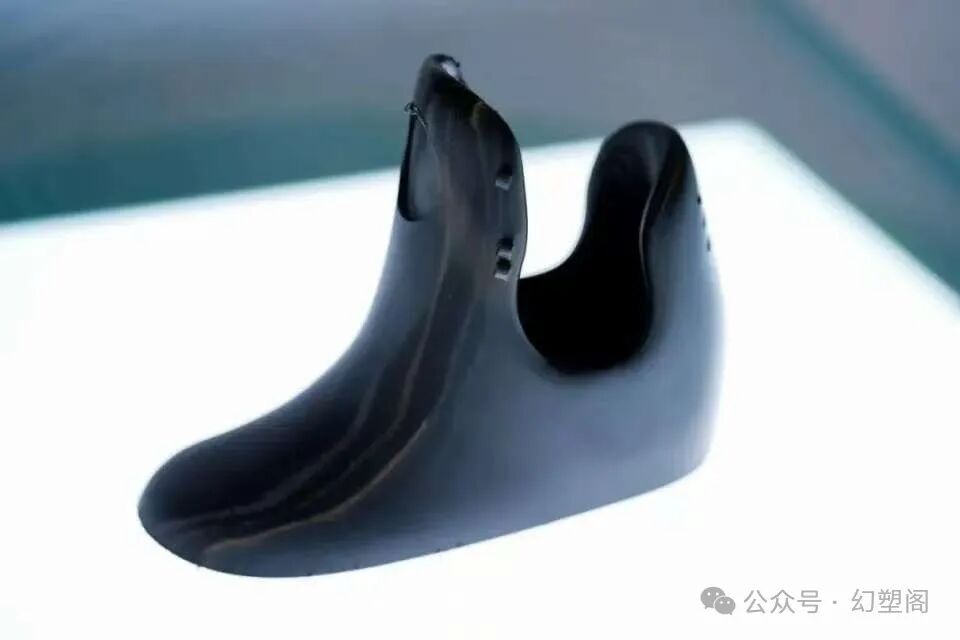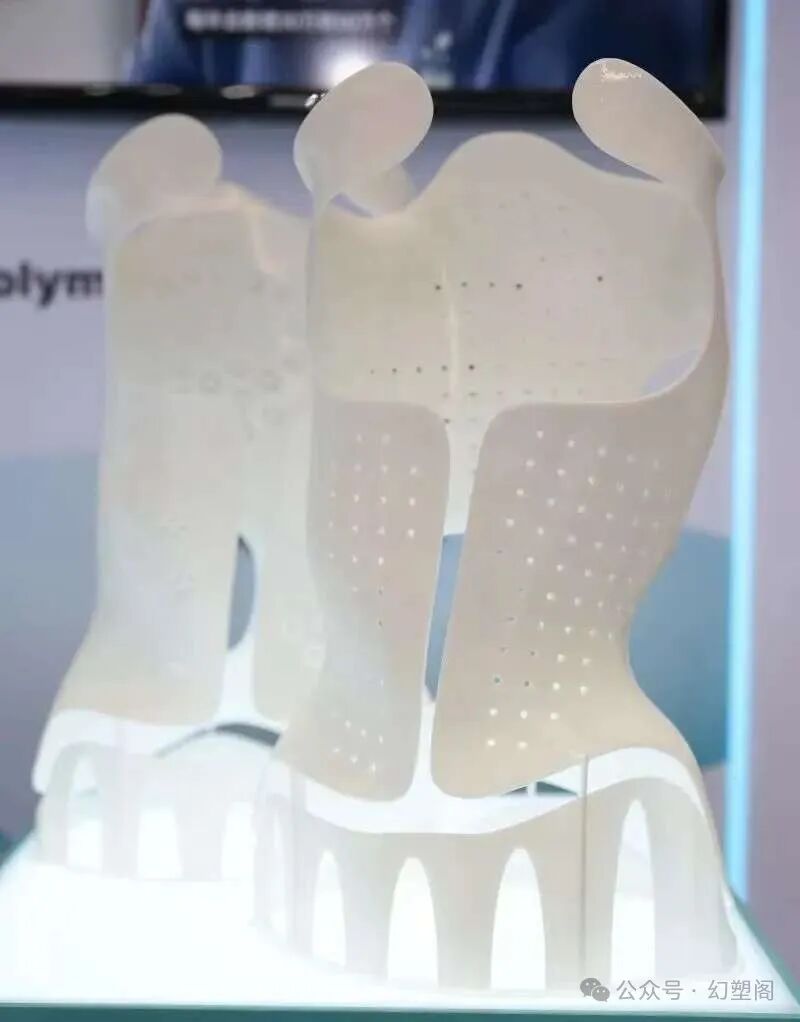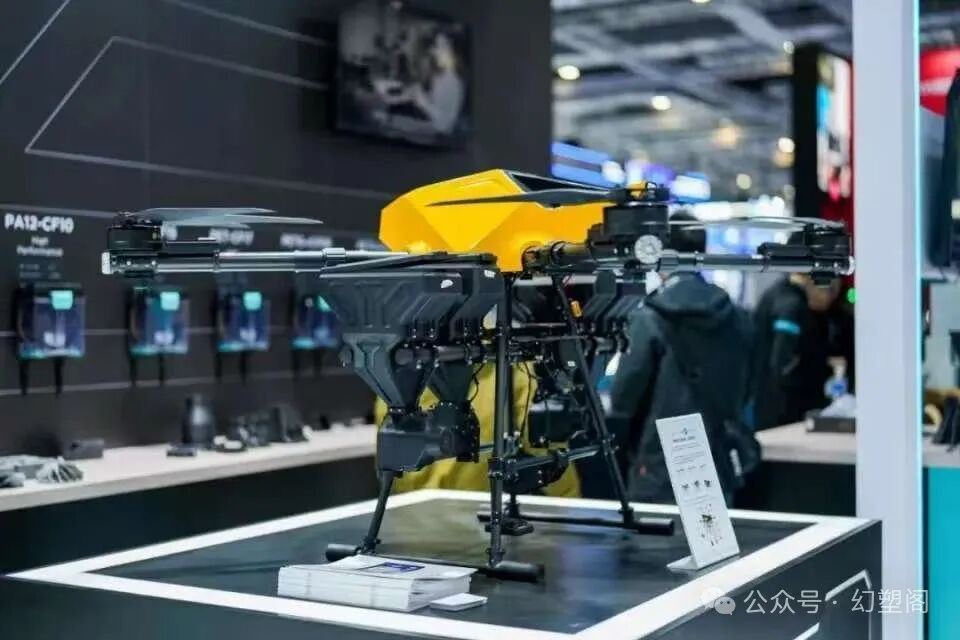By 2025, 3D printing technology has transitioned from the laboratory to industrialization, becoming a disruptive force in various fields such as manufacturing, healthcare, and construction. For college student entrepreneurs, 3D printing not only lowers the entry barrier (with entry-level equipment prices comparable to smartphones) but also integrates trends like AI and personalized customization to create high-growth businesses. Today, we will explore the most suitable 3D printing fields for college students to start their businesses in 2025, along with successful case studies and practical advice!
Top 5 Popular Directions for 3D Printing Entrepreneurship in 2025
1. Bioprinting: The Future of Healthcare
Market Opportunity: There is a significant global shortage of organ transplants, and 3D bioprinting can produce artificial skin, blood vessels, and even functional organs.  3D Printed Prosthetics
3D Printed Prosthetics
Suitable Directions:
– Customized prosthetics/orthotics (such as scoliosis braces that fit better than traditional PP boards)

3D Printed Scoliosis Orthotic Brace
– Dental/orthopedic implants (personalized to meet patient needs)
– Research-grade bio-inks (developed in collaboration with medical schools)
Case Study: A college student team collaborated with a hospital to 3D print low-cost prosthetics using TPU material, improving comfort by 50%.
2. Construction 3D Printing: Low-Cost and Eco-Friendly Housing
Market Opportunity: Traditional construction is costly and time-consuming; 3D printing can build a house in 24 hours, making it especially suitable for post-disaster reconstruction.
Suitable Directions:
– Modular building printing (such as temporary housing and outdoor facilities)
– Development of eco-friendly building materials (such as recyclable concrete)
– Customized architectural models (providing quick prototypes for designers)
Case Study: A Dutch student used 3D printing technology to construct low-cost social housing, reducing costs by 30%.
3. 3D Printed Food: A New Trend in Healthy Eating
Market Opportunity: There is a surge in global demand for vegetarian and low-allergen foods; 3D printing can customize nutritional ratios and create uniquely shaped foods.
Suitable Directions:
– Personalized protein bars/meals (exclusive for fitness enthusiasts)
– 3D printed plant-based meat (as a substitute for animal protein)
– Fun nutritional meals for children (customized cartoon shapes)
Case Study: A startup team launched “3D Printed Insect Protein Energy Bars,” becoming a favorite among outdoor enthusiasts. 
4. Aerospace & Automotive Lightweight Parts
Market Opportunity: The aerospace and new energy automotive sectors require high-strength and lightweight components; 3D printing can optimize structures and reduce costs.
Suitable Directions:
– Customized drone parts (such as components for agricultural seeders)

3D Printed Agricultural Seeder Drone
– Lightweight components for racing cars/electric vehicles (in collaboration with racing teams)
– Rapid prototyping of aerospace models (collaborating with university research)
Case Study: A student team 3D printed high-temperature resistant parts for agricultural drones, reducing costs by 40%.
5. On-Demand 3D Printing Manufacturing Platforms (“The Amazon of Manufacturing”)
Market Opportunity: Traditional manufacturing faces significant inventory pressure; on-demand printing can eliminate inventory and enable global delivery.
Suitable Directions:
– Personalized consumer goods platforms (such as custom shoes and jewelry)
– Instant printing of industrial parts (replacing traditional supply chains)
– Designer co-creation communities (connecting creators with manufacturers)
Case Study: A platform integrates global designer resources, delivering 3D printed products within 72 hours after user orders.
How Can College Students Get Started? 3 Key Steps
1. Low-Cost Validation:
– First, use the university’s 3D printing lab or co-working space to test product feasibility.
– Choose high-profit niche markets (such as medical and aerospace parts).
2. Technology + Business Model Innovation:
– Combine AI to optimize designs (such as automatically checking model printability).
– Adopt subscription or B2B collaboration models (such as providing customized orthotics for clinics).
3. Policy & Resource Utilization:
– Apply for college student entrepreneurship subsidies and 3D printing special funds.
– Connect with industry exhibitions (such as TCT Asia) to access the supply chain.
Conclusion: In 2025, your 3D printing entrepreneurial opportunity is here!
3D printing is no longer a “future technology” but a tangible entrepreneurial opportunity. Whether in biomedical, green construction, or on-demand manufacturing, college student teams can seize the market with low-cost trial and rapid iteration advantages. Are you ready to become the next 3D printing entrepreneurial star in 2025?
Interactive Topic: Which 3D printing field are you most interested in? Let’s discuss your entrepreneurial ideas in the comments!